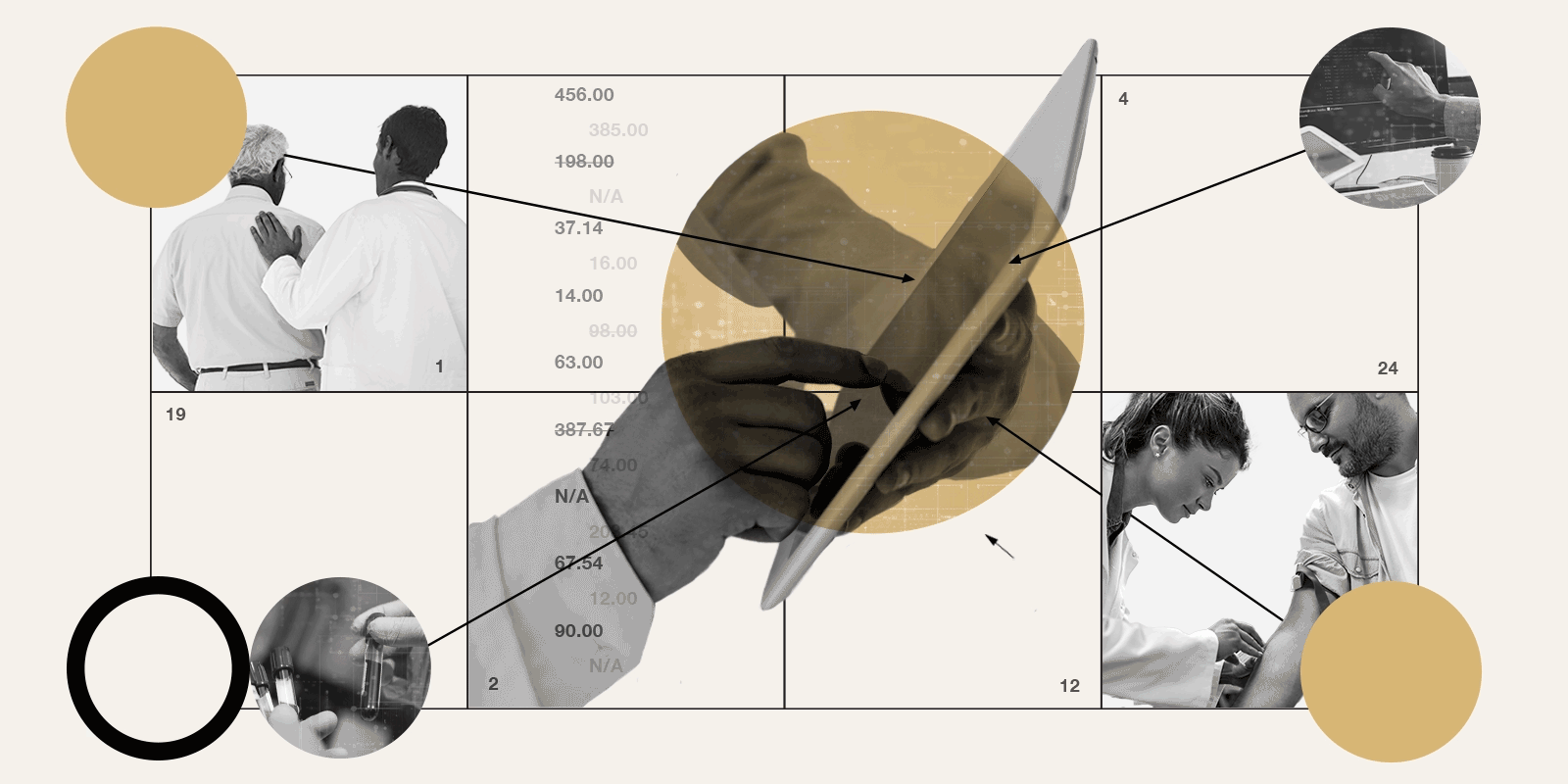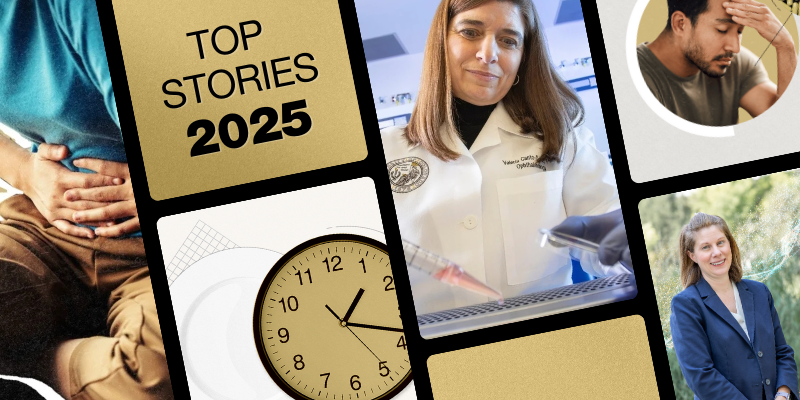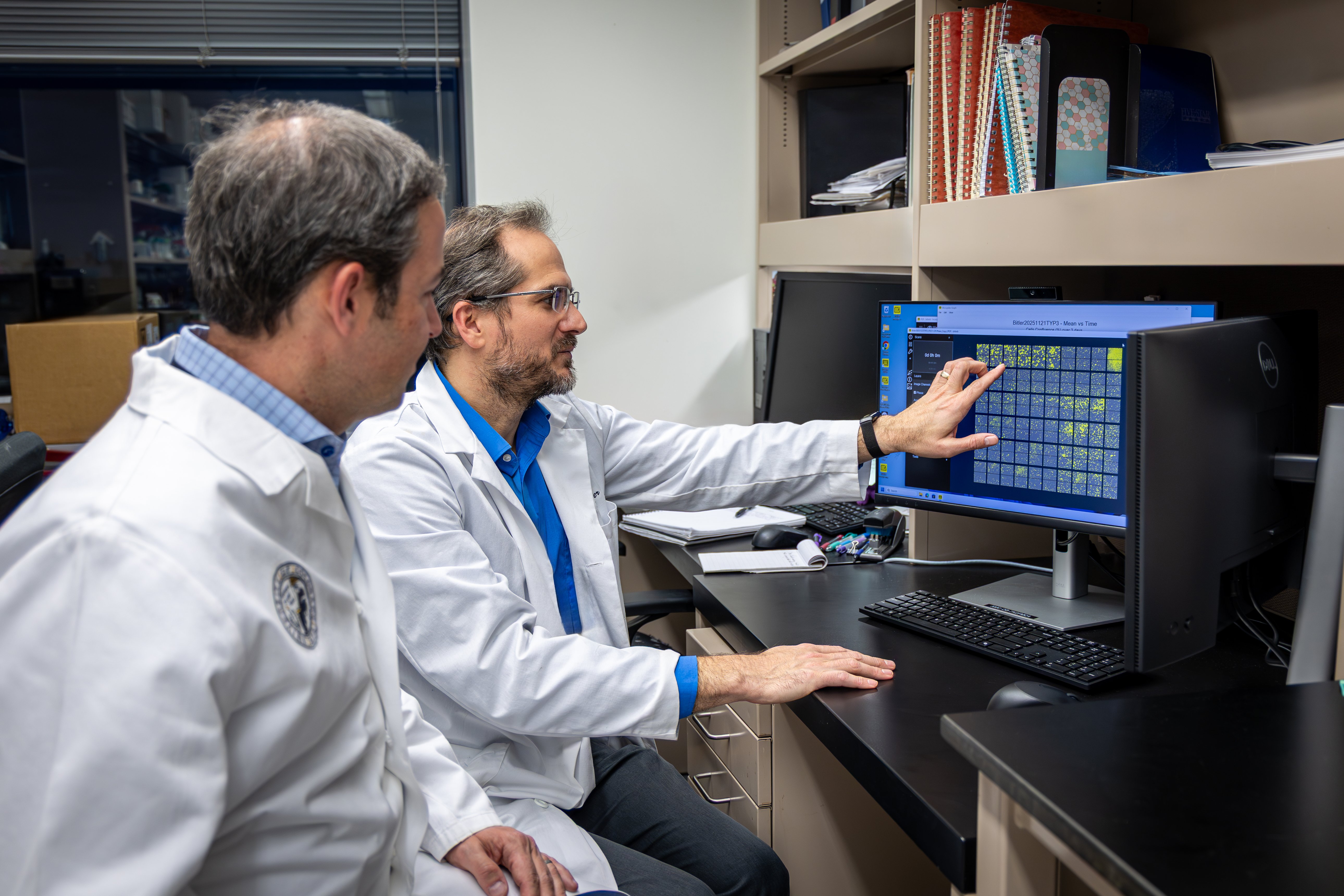In 1997, famous jazz drummer Tony Williams checked into a San Francisco Bay Area hospital for a routine surgery. Two days later, after undergoing gallbladder surgery, he died in the hospital of a sudden heart attack at age 51.
Today, David Albers, who enjoyed the mentorship of Williams as a music student and who lost his grandfather to sepsis (when the body's immune response turns on itself and destroys vital organs), also just days after a surgical procedure, has helped create a tool aimed at preventing such tragedies.
“These are patients that don’t appear super sick, so you have to work (the data) to be able to get to them in time,” said Albers, PhD, who changed career paths from mathematical physics to biomedical informatics motivated in part by losing these two prominent men in his life.
This is the fourth article in an ongoing series on artificial intelligence in the health sciences. See other articles in series.
Albers, now associate professor of biomedical informatics at the University of Colorado School of Medicine, played a key role in developing an early warning system called Communicating Narrative Concerns Entered by RNs (CONCERN).
Catching early signals
CONCERN Early Warning System (EWS) is anchored in the observations of a critical sector of hospital personnel: nurses. They are the point-of-care messengers who document the data and nuanced details of a patient’s condition. The lifesaving information is often embedded in nursing documentation patterns because when nurses are concerned about a patient, they change how they measure the patient.
A recent study in Nature Medicine shows that CONCERN EWS, powered by machine learning and AI, uses nurses’ documentation patterns to predict patient deterioration in hospitals up to 42 hours earlier than typical methods. The system resulted in a 12% increase in the number of patients who left the hospital alive.
The AI-driven tool combines with human observations to trigger escalated care at key junctures – well before vital signs send up a flare.
“The doctors create the care plan, but they’re not there as much,” Albers said. “The nurses are there. They’re watching. When the patient turns green (starts to look more ill), they see the patient turning green."
More than a decade in the making
Harnessing the subtleties of nurses’ notes – such as tracking their stepped-up patient assessments and measurements at unusual hours – is central to the tool’s algorithm.
|
Next steps for the early warning system Aside from the CONCERN EWS being implemented in a number of adult hospitals around the country, the research team is currently working to adapt CONCERN to the pediatric context at Children’s Hospital Colorado. While the RO1 (a National Institutes of Health grant) that was focused on adapting CONCERN to high-resource pediatric hospitals was recently canceled in the beginning of its third year, the American Nurses Foundation this spring awarded the team a grant to extend CONCERN to lower-resourced pediatric settings. |
Albers and George Hripcsak, MD, MS, professor and chair of biomedical informatics at Columbia University, began working on understanding and quantifying information present in documentation patterns, or patterns generated by the healthcare process, rather than patterns in the measurement numbers.
That work, first published in 2010, led to the first CONCERN study published in 2013. The study was led by Sarah Rossetti, PhD, RN (Columbia University), and Kenrick Cato, PhD, RN (University of Pennsylvania), along with Albers as the AI methodologist. Their early warning system model used patterns in nursing notes to predict hospitalized patients’ risk of myocardial infarction, or heart attack.
“You need time to get to these patients. With sepsis, every hour past the time you become septic, you lose percentage points on your likelihood of survival,” Albers said. “As we were trying to get this system to work, we were picking up on nursing documentation patterns, and because we had a model for every hour of the day, we were able to predict (patient deterioration risk) between 24 and 48 hours in advance, which is a lot further than anyone else has been able to get.”
In their early work, one of the most eye-opening discoveries was the strong signal in the existence of measurements at certain times of the day (such as nurses taking a white blood count at 2 a.m.). “That’s the nursing process, basically,” Albers said.
Hourly risk scores
The researchers’ latest CONCERN EWS model uses real-time nursing surveillance documentation patterns in a machine-learning algorithm to identify patient deterioration risk. It synthesizes information from all sources, including nurses’ notes and the electronic health record, to create hourly risk scores – green for low risk, yellow for increased risk and red for high risk.
The recent randomized study included two major health systems on the East Coast and nearly 60,000 patients, excluding those in transplant and oncology units. CONCERN EWS’ proactive and AI-powered approach delivered positive results: a 35.6% decrease in mortality risk, 11.2% drop in length of stay in the hospital and 7.5% decrease in risk of sepsis.
Also significant was a 24.9% increase of instantaneous risk of unanticipated transfer to the intensive care unit (ICU) compared to usual care. This reflects timely escalations of care prompted by the heightened awareness of patient deterioration risk.
“I think the number that I care about the most is that there was a 12% increase in the number of people who left the hospital alive, and that’s a lot,” Albers said.
He keeps the memory of two influential mentors close as he continues this early warning work. In Williams’ case, despite his talking about chest pain, his care level was not elevated.
“It’s not the fanciest thing I’ve personally done computationally, but it’s one of the most impactful,” Albers said.




